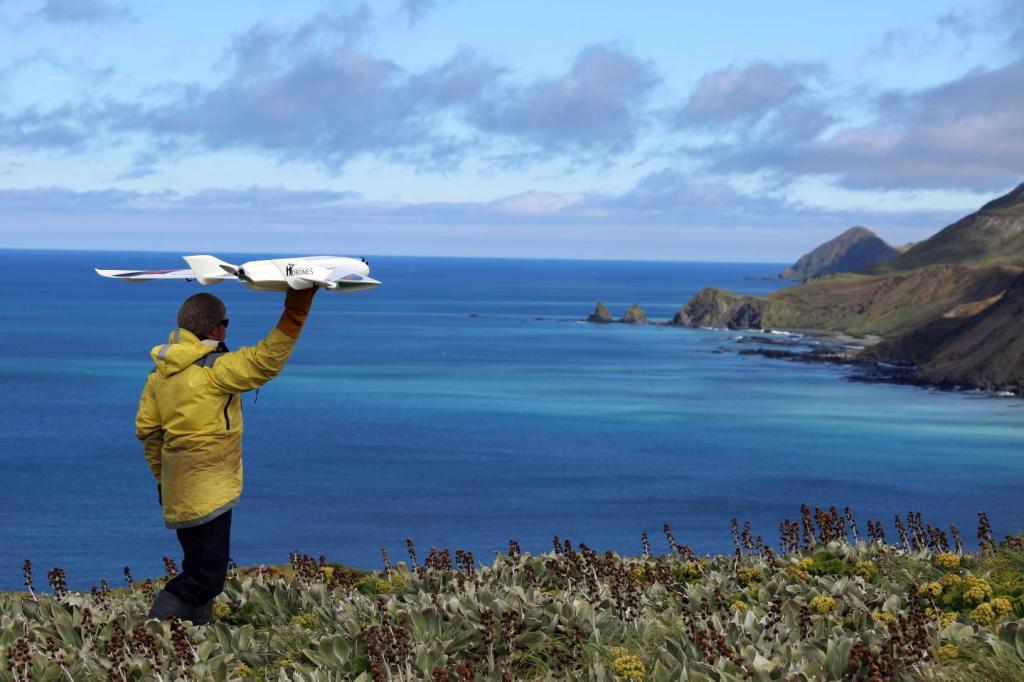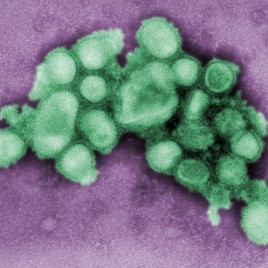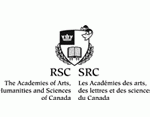
Ecologist Jarrod Hodgson launches a fixed-wing UAV on Australia’s sub-Antarctic Macquarie Island. (Photo courtesy of Jarrod Hodgson via EurekAlert!)
Increasingly, researchers are turning to drones, or UAVs (unmanned aerial vehicles) to study animals and ecosystems. But questions remain about any effect these drones might be having on wildlife. While they say there is not yet enough scientific evidence to show the impact of drones on wildlife, two researchers believe there is enough information to develop a suite of best practices for minimizing the impact on, and ensuring the ethical treatment of, wild animals.
The researchers from the Unmanned Research Aircraft Facility at the University of Adelaide propose a series of recommendations until enough data has been collected to justify the creation of prescriptive policies for the use of drones.
They provide the following recommendations:
- Adopting the precautionary principle in lieu of evidence, especially if the species or habitat is ecologically sensitive or endangered.
- Using the animal ethics process of associated institutions to provide oversight for UAV-derived animal observations.
- Engaging in flight practices that minimize possible disturbances to wildlife.
- Monitoring the physiological stress levels and tracking the displacement of animals under drone observation.
- Ceasing UAV operations if they are excessively disruptive to animals.
Authors:
Jarrod C. Hodgson, Lian Pin Koh
Corresponding author:
Jarrod C. Hodgson, School of Biological Sciences, The University of Adelaide, SA 5005, Australia
Original paper, published on May 23, 2016 in Current Biology.



